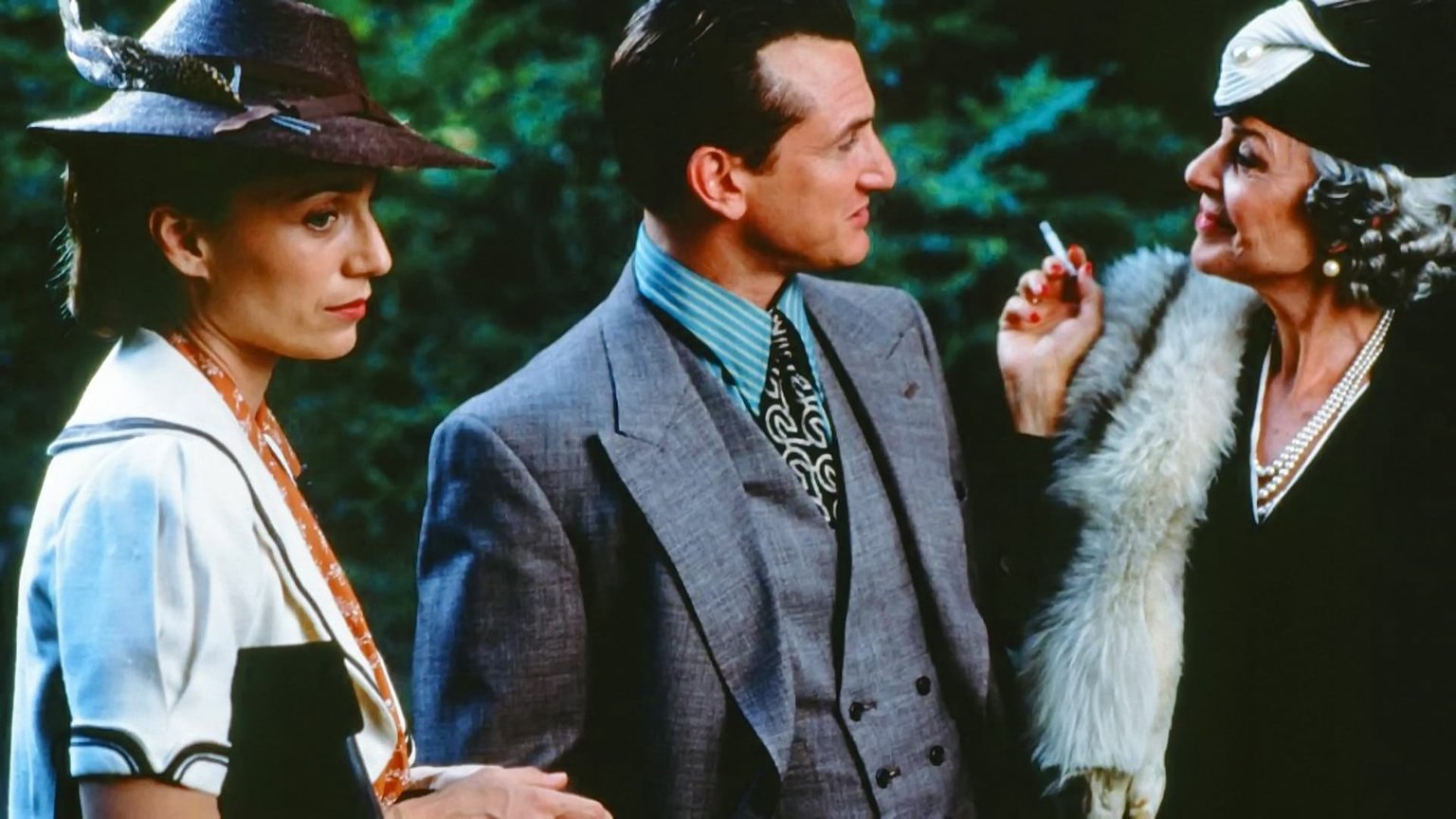
1930s, thanks to Great Depression and encroaching world war, were miserable times for most people. They were not so much for British and American upper classes with enough money to travel the world and have the time of their lives even in such dark circumstances. One member of that group is a protagonist of Up at the Villa, 2000 period drama directed by Philip Haas and based on the eponymous novella by W. Somerset Maugham. The plot is set in 1938 Florence, shortly after Munich Agreement, which is celebrated by small set of rich British and American expatriates who enjoy beautiful country despite it being under the rule of fascist dictator. Political issues are of little concern to Mary Panton (played by Kristin Scott Thomas), widowed Englishwoman who married for love only to see her late husband get drunk, abuse and squander her inheritance. She now lives in a villa rented by a friend and becomes object of attention of three very different men. First is Sir Edgar Swift (played by Edward Fox), 60-year old friend who proposes marriage before departing to take high position in British administration in India. She tells him that she would reconsider and during his temporary absence is pursued by Rowley Fylnt (played by Sean Penn), American playboy with reputation of infamous womaniser. Mary is, however, intrigued by Karl Richter (played by Jeremy Davies), young and untalented fiddler who escaped from Austria following recent Nazi takeover. Moved by his plight, she offers him not only food and temporary accommodation but also herself for one night. What she thought of one night stand he thinks of genuine romance and this misunderstanding leads to tragic consequences, endangers her future with Sir Edgar and brings unwanted attention of local Fascist official Beppino Leopardi (played by Massimo Ghini).
Up at the Villa, due to similar setting and Kristin Scott Thomas playing the female lead, brought inevitable comparisons to English Patient. Critics in their inevitable comparisons gave favour to Anthony Minghella’s (overrated) “Oscar”-winning epic. The arguments in favour of Up at the Villa, however, seem much more convincing. The major difference between two films is in the script for this one being written by Belinda Haas, director’s wife who had worked with her husband on their earlier film Angels & Insects. Although script expanded some subplots from Maugham’s original novella and thus made the film longer than it should have been, it nevertheless provided much simpler and less pretentious story than bloated English Patient. All that is accompanied by excellent work on period sets, costumes and props, while Pino Donagghio provides another of his great music scores. Impression is further improved by very diverse cast. Scott Thomas, who can play roles like these in her sleep, is well matched by Sean Penn who plays one of the less typical roles of his career. Anne Bancroft, grand dame of American cinema, is also good in the role of elderly aristocrat while Derek Jacobi is obviously having fun playing the gay character. The ending of the film is a little bit too predictable and sentimental, but Up At the Villa still represents an example of a period piece well done.
RATING: 7/10 (+++)
Blog in Croatian https://draxblog.com
Blog in English https://draxreview.wordpress.com/
Leofinance blog https://leofinance.io/@drax.leo
Cent profile https://beta.cent.co/@drax
Minds profile https://www.minds.com/drax_rp_nc
Uptrennd profile https://www.uptrennd.com/user/MTYzNA
Unstoppable Domains: https://unstoppabledomains.com/?ref=3fc23fc42c1b417
Hiveonboard: https://hiveonboard.com?ref=drax
Bitcoin Lightning HIVE donations: https://v4v.app/v1/lnurlp/qrcode/drax
Rising Star game: https://www.risingstargame.com?referrer=drax
1Inch: https://1inch.exchange/#/r/0x83823d8CCB74F828148258BB4457642124b1328e
BTC donations: 1EWxiMiP6iiG9rger3NuUSd6HByaxQWafG
ETH donations: 0xB305F144323b99e6f8b1d66f5D7DE78B498C32A7
